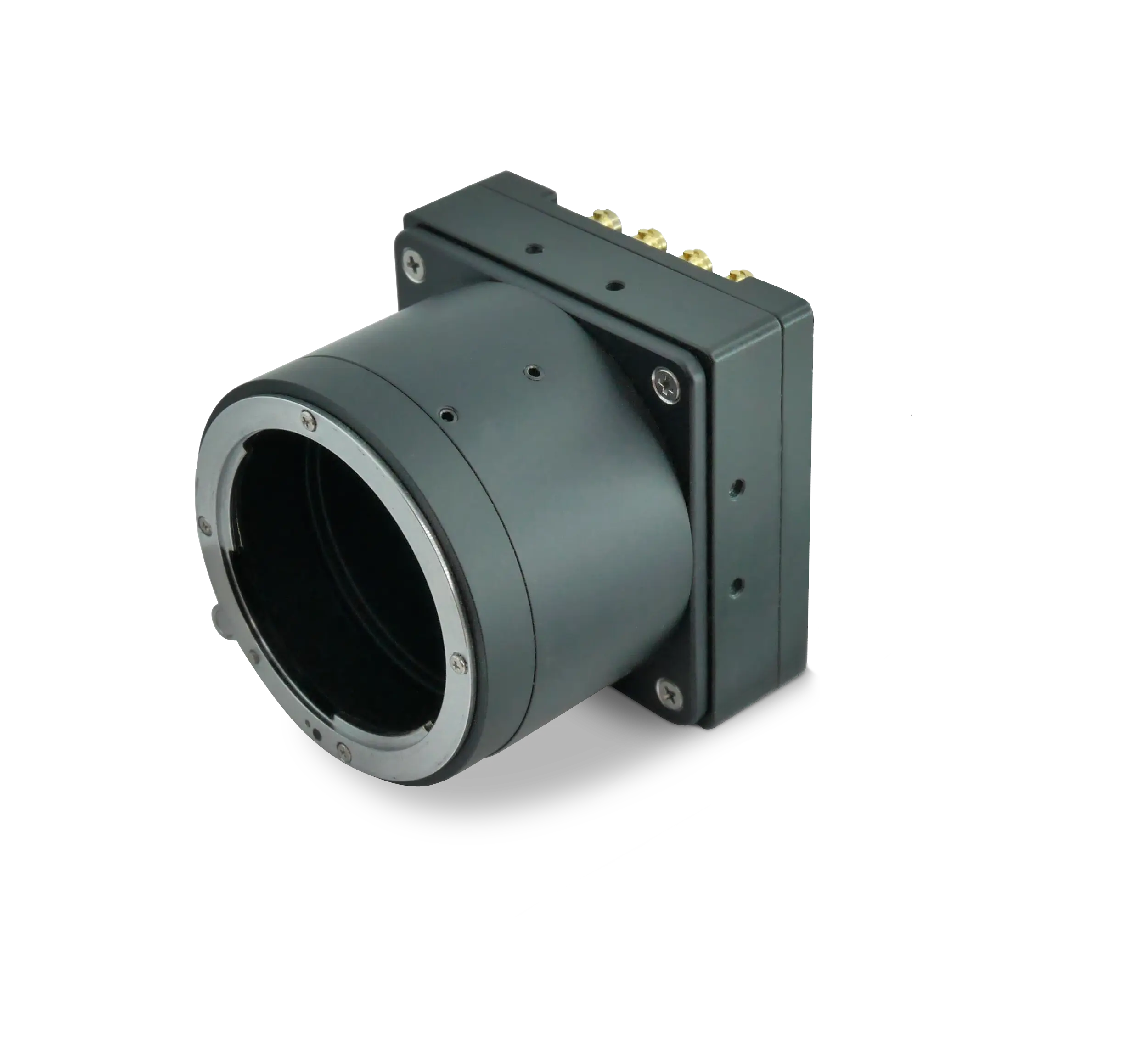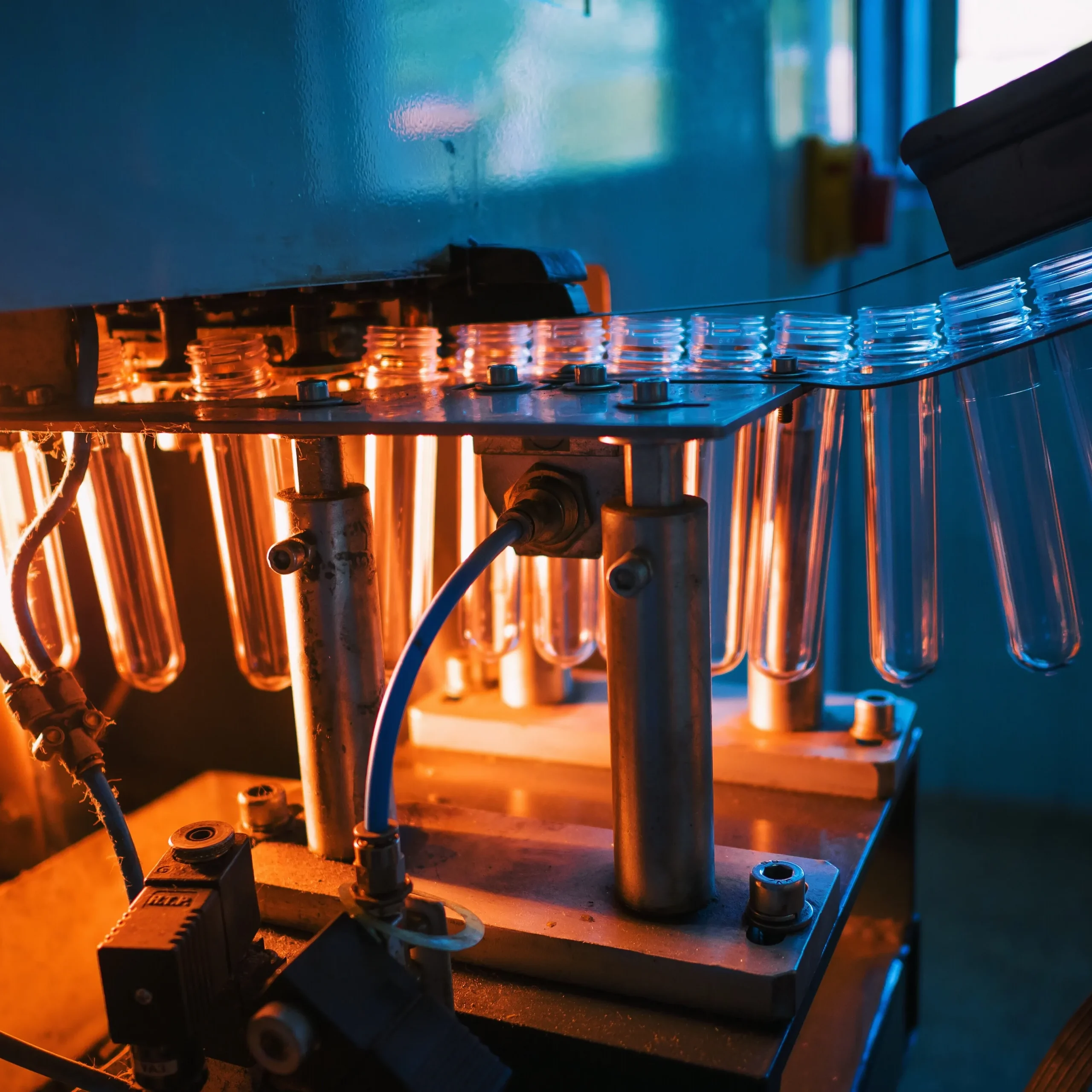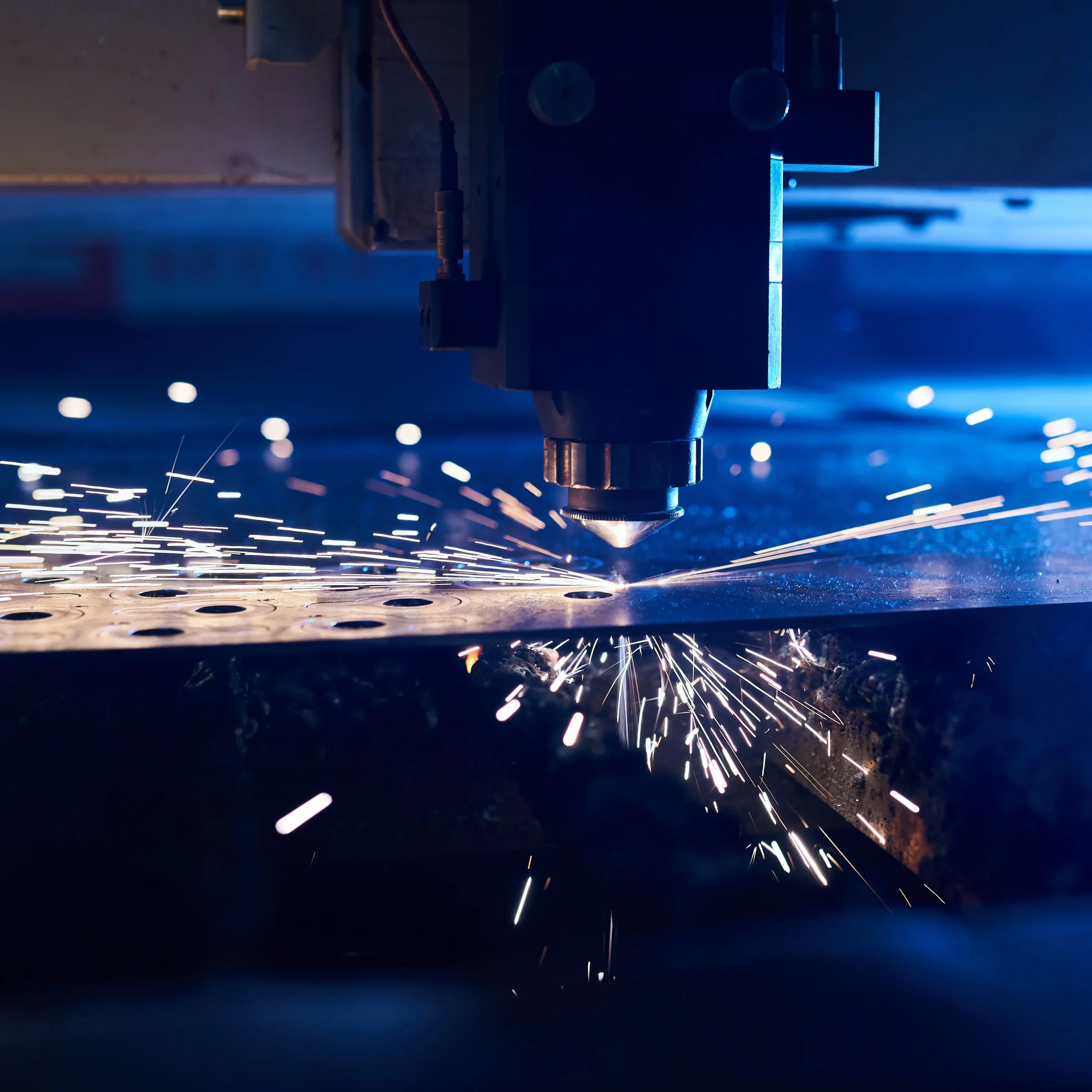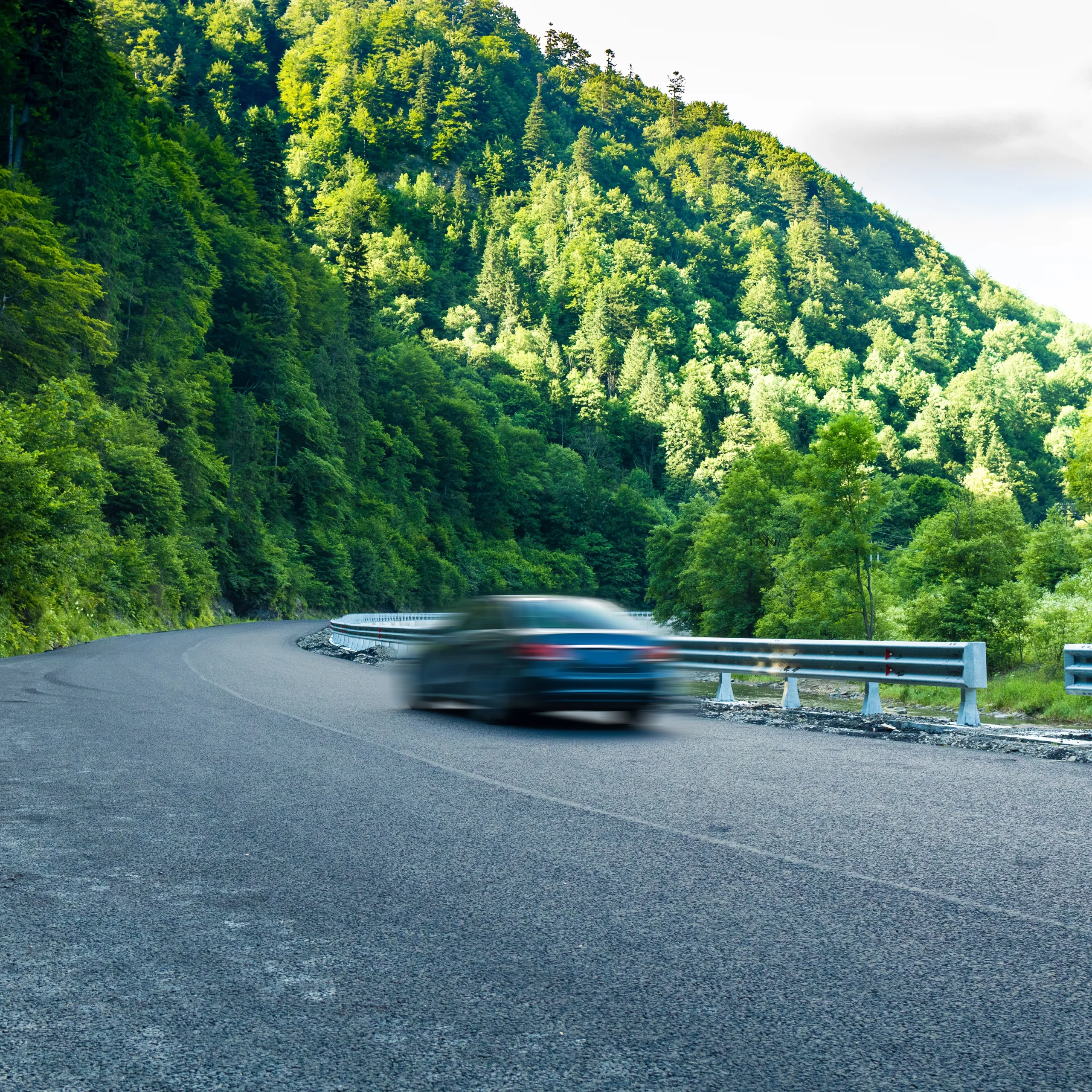How many fps needed for robotic motion analysis?
Industrial robots accelerate, decelerate, grip and release in milliseconds, so engineers first calculate the shortest event they must observe. A pick-and-place robot typically performs a full motion cycle in 50–100 ms; to visualise joint trajectories clearly you want at least 8–10 samples of the arm during that single cycle. Dividing 100 ms by 10 yields 10 ms, or 100 fps. Faster SCARA or delta robots complete cycles in 20–40 ms, raising the requirement to 250–500 fps. The rule of thumb therefore is straightforward: required fps ≈ (number of frames per cycle) ÷ cycle time. For motion tuning, many vision specialists target 10–20 frames per cycle; that range catches overshoot, settling and transient vibration that slower logging misses.
Ultra-precise arc-welding or high-speed screw-driving adds even shorter micro-events: ignition of an arc occurs in <1 ms, screw spin can peak at nearly 3000 rpm (≈20 ms per revolution). Capturing these phenomena calls for 2000–5000 fps. The Iron 4502 answers this need by delivering 2436 fps at 8-bit full resolution and higher rates when a Region Of Interest (ROI) is selected. With a global shutter, four CoaXPress v2.1 lanes and a programmable 8 ns pulse generator, the camera synchronises precisely with robot controllers while still feeding uncompressed data to a frame grabber.
Equally important, the Iron 4502 is built for factory floors. The industrial model complies with MIL-SPEC 810F shock and vibration tests, so the sensor remains aligned despite continuous manipulator movement, and Power-over-CoaXPress (PoCXP) reduces cable bulk on long robot arms. In short, calculate the fastest single motion event, multiply its duration by 10–20, then choose a camera capable of sustaining that frame rate for the entire task. For most robotic motion analysis in factory automation that falls between 250 fps and roughly 3000 fps—exactly the regime the Iron 4502 covers at native resolution, with additional overhead available through ROI cropping.
Is Higher Resolution or FPS More Important?
The debate between higher spatial resolution and higher temporal resolution is common among automation engineers, and the answer hinges on your measurement objectives. When the goal is to verify positional accuracy of an end-effector across large working envelopes, maximising pixels per millimetre matters most. Conversely, diagnosing high-speed events such as servo-loop instability or momentary collisions demands high frame rate. A practical approach is to set a spatial error budget in pixels and a temporal budget in milliseconds, then select a camera whose specifications exceed both.
KAYA Vision offers two models that minimise compromise. The Iron 0505 uses a 26 MP 5120 × 5120 global-shutter sensor and, in its high-speed version, reaches 150 fps at 8-bit output. That combination lets engineers detect small faults across wide fields—for example, inspecting multiple PCBs on a conveyor while tracking XY displacements. The 2.5 µm pixel pitch supports precision metrology when paired with telecentric optics. In contrast, the Iron 4502 emphasises speed: its 2.49 MP 2048 × 1216 sensor records up to 2436 fps at 8 bit, ideal for spindle-crash analysis or delta-robot pick cycles where split-second timing is critical.
Best camera for welding robot monitoring?
Welding automation imposes some of the harshest optical conditions in manufacturing: intense brightness, flying spatters, electromagnetic interference and rapid heat cycling. The ideal high-speed analysis camera must combine four attributes: 1) a global shutter to freeze motion without rolling artefacts; 2) ample frame-rate headroom to capture sub-millisecond arc ignition and droplet transfer; 3) sufficient dynamic range to avoid saturation by the arc while revealing surrounding melt-pool detail; and 4) rugged construction that endures sparks and temperature gradients.
The Iron 4502 meets each criterion. Its 65 dB dynamic range maintains contrast even when the arc is orders of magnitude brighter than the workpiece. A global-reset option ensures every pixel integrates simultaneously, a feature that prevents smearing when monitoring rapidly moving weld beads. At 2436 fps full-frame, engineers can replay footage at 1% real-time for detailed analysis, and by trimming to a smaller ROI, they gain additional temporal resolution for droplet-detachment events lasting <200 µs.
Operational reliability is equally critical near a torch. The industrial-grade Iron 4502 operates from −40 °C to 70 °C and integrates three temperature sensors so the robot controller can log thermal load in real time. PoCXP cuts cabling to a single hybrid coax, leaving more space around the torch, and the protective housing keeps metallic dust away from the Gpixel sensor glass.
After the weld cools, seam inspection shifts from speed to fine detail. Deploying a second Iron 0505 downstream provides the 26 MP resolution needed to measure bead width, undercut and porosity from a single image. Because both cameras stream over CoaXPress, they can be synchronised to the same KAYA frame grabber, enabling a dual-stage station that first captures ultra-high-speed video of the molten pool and then high-resolution stills for quality control—all within one software stack. The seamless hand-off between high-speed and high-resolution imaging is a principal reason that automation specialists worldwide specify KAYA Vision cameras for robotic welding cells.




